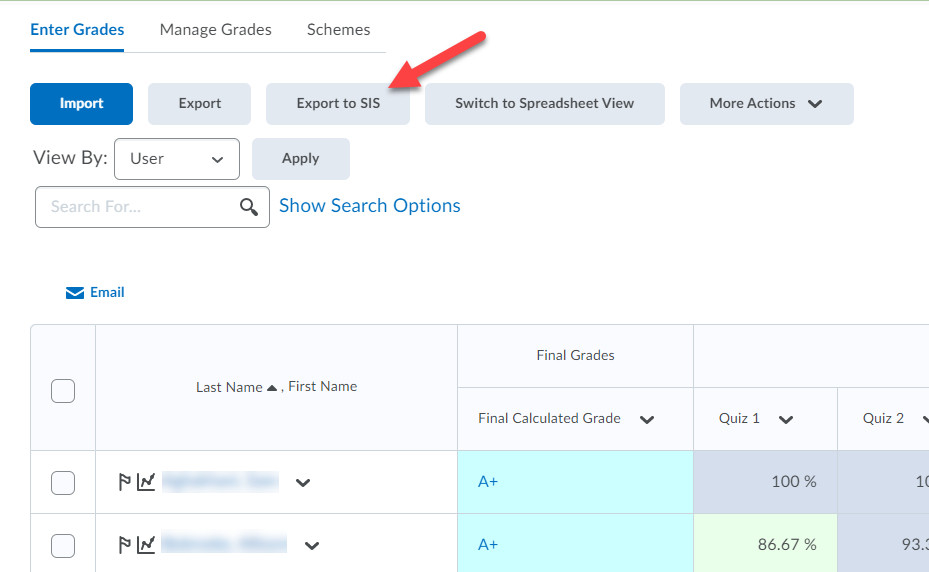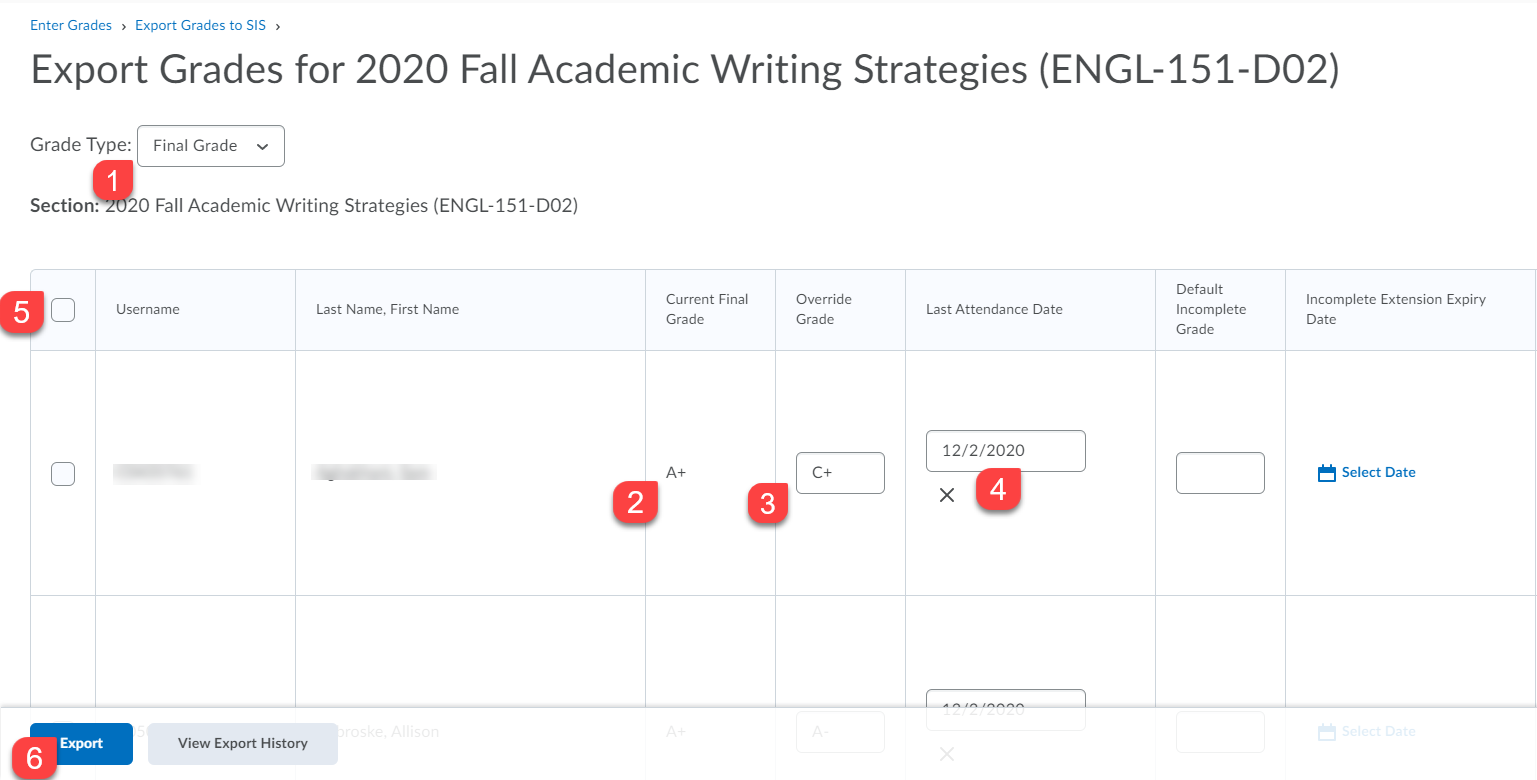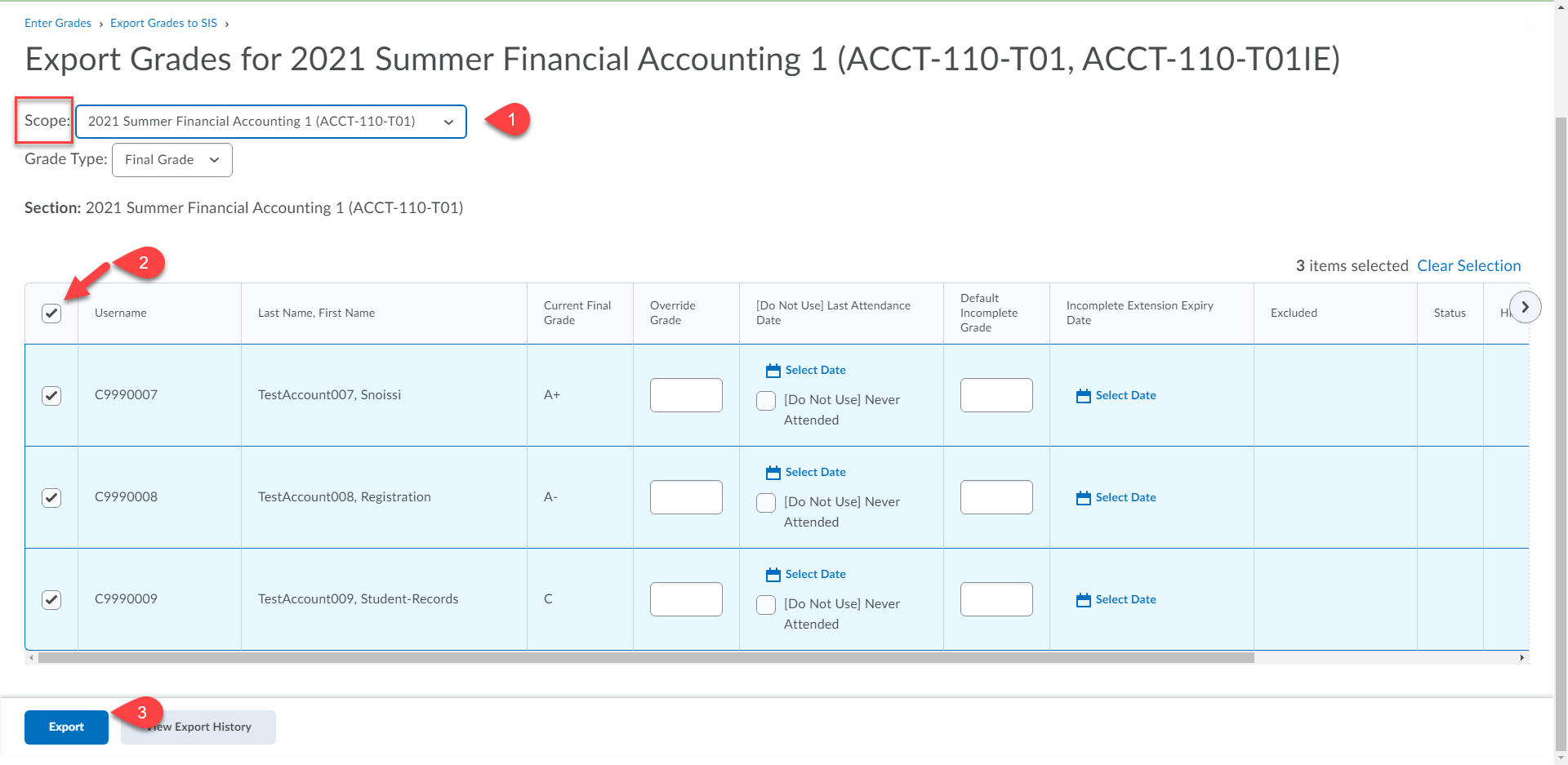Chris is a Physics instructor at Camosun College. When I talked to Chris back in March, he confessed to feeling tired after a very long year. “I was just reflecting back to about a year ago and feeling like there wasn’t enough time to transition to online teaching properly and feeling really uncomfortable with just needing to keep my classes moving forward.” Even though Chris has been using D2L for years, he hadn’t used some of the tools, like the Discussions or Quizzes, which last March and April he realized he would have to learn, in addition to creating videos to support his students. “I spent basically the whole of last summer getting things ready, and spent a lot of time thinking about how to design the courses to be as user-friendly and flexible as possible from a student perspective. I really tried to imagine what it would be like for a student to navigate the course, and to find the most universal design way of delivering the content.”
Last fall, Chris taught two sections of Physics 140, which he describes a content heavy course largely aimed at physical science students and engineers. “I built all of my lectures to be asynchronous because at least I could ensure their quality. And then took my six hours a week of live lectures and made two of them office hours, set two aside for students to work on their labs saying I would be there if they needed me, and made the other two hours into synchronous tutorials where I worked on the harder homework problems with them.” Chris also had an interesting experience teaching a SIP (South Island Partnership) course to high-school students. Because he and his co-instructor were worried that the school might get shut down at any moment, they developed the course with a blended model. “Instead of doing traditional lectures in the classroom, I created 20 minute lecture videos that the students watched first on their own, and then came to class to work on their homework.”
One of the biggest challenges Chris spoke to me about (which will resonate with many faculty) was how hard it is to build community in an online classroom, and finding a platform to encourage students to engage with each other. The discussion tool in D2L just wasn’t working for him, so after learning that students were using Discord to communicate, he set up a Discord space for his course, recognizing that it was important to meet his students where they were at. Another thing Chris realized last fall was how time intensive it was not only for him developing and teaching an online course, but also how time intensive it was for students to learn online. “I remember thinking that if I were to advise students, I would say take no more than three courses fully online at a time because more will be too much.”
As you can probably imagine from reading so far, Chris found many rewards in moving to online teaching. “We developed a number of online labs, some of which are video analysis, and some of which are applet based. One of the things I noticed is that lab marks were higher this last year because students were able to pause the videos explaining the labs. I realized that sometimes I took marks off because students didn’t remember all the information from my lab explanations in class – I was testing their lack of ability to access instructions. So now I’m going to change how I do labs.” But ongoing access to materials went beyond the lab videos. “I get e-mails from students at 3:00 am, not that they’re expecting me to respond, but they’re working through the content because that time works better for them to engage with material. And it also occurred that for me, every term, I give the same lectures with varying degrees of effectiveness depending on how I feel that day or how tired I am, whereas when it’s all filmed, I can keep re-shooting until it’s nearly perfect.” Moving forward, with students being able to access lecture-like material online 24/7, Chris says he can then use the face to face class time for the more dynamic and changing content, specifically “working with the students, having them work through problems, and supporting those who need extra review.”
Chris’s advice to faculty moving to online teaching is simple: “front-load your course development, at the very least, the organization.” Be consistent with the course design, and take the first week slowly, teaching students how to navigate your course site and letting them explore. “I do a weekly news feed: they get an announcement about the lab for the current week, and they get an announcement with the schedule and other miscellaneous pieces of information.” And that consistency, that ongoing presence in the News, decreased frustration. “It took me three to four times the amount of time it normally would to set up my D2L site, but if you think it through carefully and set everything up in advance, it makes a huge difference than if you are tweaking everything on the fly.”
In addition to keeping videos to support his labs, Chris says that “there’s a degree of flexibility in online teaching that’s really exciting.” He told me that he has been interested in flipping his classroom, as he did for his SIP course, for a while, but “it’s one of these things where when you’re in the middle of the term, it seems like an enormous effort and a risk – it probably would have taken me years to get around to trying it.” But this model is something he is interested in continuing with. “It would be obvious for students who can’t make the normal college times work to meet in person twice a week for an hour and put the rest of the course online, and use the best of both worlds. I’ll probably try the flipped classroom approach moving forward, depending on what our classroom capacities are. I might do something like every second week the labs/classes are in-person, and then every other week they’re online.”
I am discovering as I talk to faculty members about their experiences that they have an amazing inventiveness for creating metaphors when describing the past year. Chris told me that another faculty member described last year as “a tight-rope walk over a live volcano.” And Chris himself likened it to running a marathon and having to learn how to pace it so you don’t run out of steam. But aside from never having enough time to feel like he could do everything he wanted to do when developing and teaching his online courses, Chris says “I hope that this past year has been enough disruption that some of what we have learned will stick. It would be great if we could find ways for faculty to share what’s been working well for them. I’m really curious as to what everyone’s been doing in terms of online delivery. I’m exhausted, but I’m really excited and I think having some time to reflect as a community would be great!”





